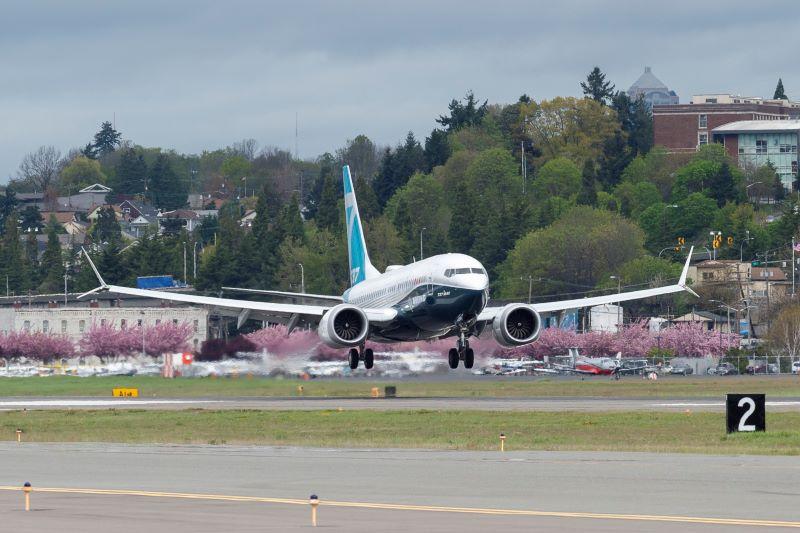
Credit: Boeing
Electrical grounding issues that led Boeing to recommend some 737 MAX operators park their aircraft have turned up in two areas besides the original standby power control unit where it was first discovered. Sources with knowledge of Boeing’s work confirm that grounding issues on affected aircraft...
Subscription Required
This content requires a subscription to one of the Aviation Week Intelligence Network (AWIN) bundles.
Schedule a demo today to find out how you can access this content and similar content related to your area of the global aviation industry.
Already an AWIN subscriber? Login
Did you know? Aviation Week has won top honors multiple times in the Jesse H. Neal National Business Journalism Awards, the business-to-business media equivalent of the Pulitzer Prizes.





